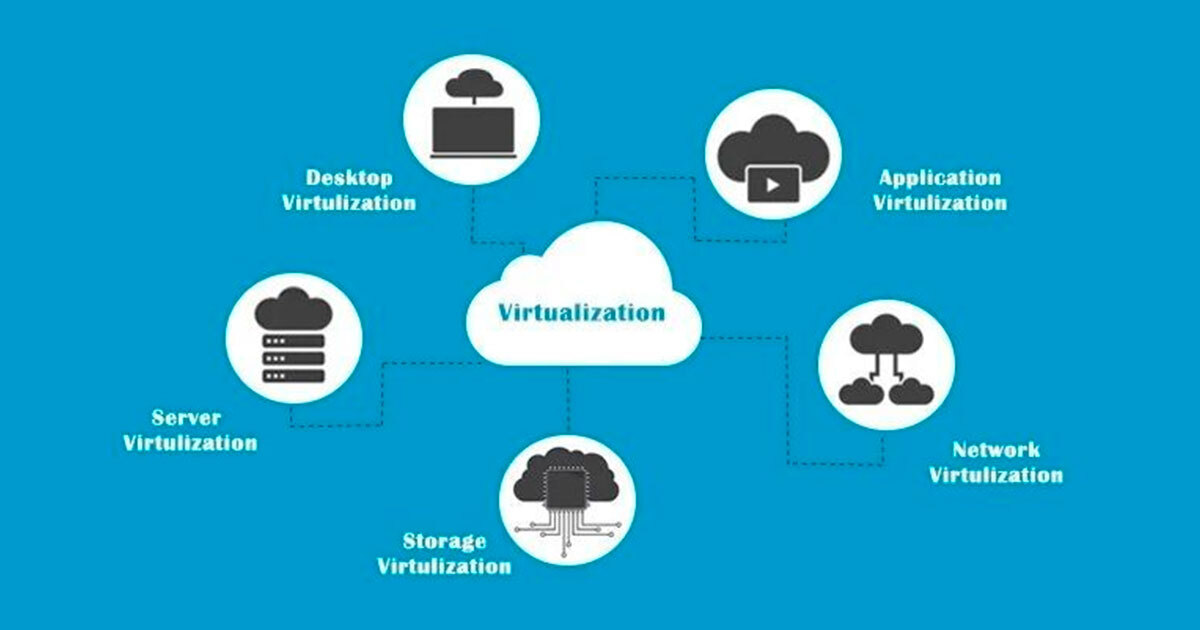
Virtualization vs. Bare Metal Servers: Choosing the Right Compute Solution for Enterprises
Both options provide compute power, but they differ significantly in performance, scalability, and cost-effectiveness. Understanding these differences is crucial for organizations aiming to optimize their resources while meeting business goals.
🔹 What is Virtualization?
Virtualization allows multiple virtual machines (VMs) to run on a single physical server using a hypervisor (like VMware, Hyper-V, or KVM). Each VM operates independently with its own operating system and applications, sharing the underlying hardware.
👉 Real-world example: A university may use virtualization to run e-learning platforms, email systems, and student databases on a single server, reducing hardware costs while maximizing efficiency.
Benefits of Virtualization:
-
Cost savings – multiple workloads share one machine.
-
Scalability – easily create, duplicate, or migrate VMs.
-
Flexibility – run diverse applications in isolated environments.
-
Disaster recovery – VMs can be backed up or restored quickly.
🔹 What are Bare Metal Servers?
Bare metal servers are dedicated physical machines without a hypervisor. The hardware resources are allocated to a single tenant, offering maximum performance and control.
👉 Real-world example: Financial trading platforms or AI training systems often rely on bare metal servers, as they demand ultra-low latency and maximum processing speed.
Benefits of Bare Metal Servers:
-
Performance – no virtualization overhead.
-
Security – resources are not shared with other tenants.
-
Customization – complete control over hardware and OS.
-
Reliability – consistent, predictable performance.
🔹 Virtualization vs. Bare Metal: Key Differences
| Feature | Virtualization 🖥️ | Bare Metal ⚡ |
|---|---|---|
| Performance | Shared resources, slight overhead | Dedicated resources, peak performance |
| Cost | Lower (hardware efficiency) | Higher (exclusive hardware) |
| Scalability | Highly scalable, fast provisioning | Less flexible, slower provisioning |
| Use Cases | SMEs, universities, cloud hosting | AI/ML, financial trading, big data analytics |
| Security | Shared environment | Isolated, highly secure |
🔹 When to Choose Virtualization
-
If your business needs to run multiple applications on limited hardware.
-
If cost-efficiency and scalability are top priorities.
-
Ideal for development environments, SaaS platforms, and education institutions.
🔹 When to Choose Bare Metal
-
If your workloads require maximum computing power and low latency.
-
If security and performance consistency are non-negotiable.
-
Perfect for AI model training, gaming servers, or high-frequency trading.
🔹 Hybrid Approach: The Best of Both Worlds
Many enterprises today adopt a hybrid model—using virtualization for general workloads and bare metal for high-performance tasks. For example, an e-commerce company may use virtualized servers for customer data management but rely on bare metal servers for real-time payment processing.
Conclusion
The choice between virtualization and bare metal servers ultimately depends on your organization’s needs. Virtualization offers flexibility, scalability, and cost savings, while bare metal delivers raw power and security. A thoughtful balance of both can provide enterprises with a future-proof IT infrastructure that supports growth and innovation.